ADAS, or Advanced Driver Assistance Systems, has gained significant attention in recent years as a key step toward fully autonomous driving. These systems utilize various sensors installed in vehicles to gather data about the internal and external environment. By identifying and detecting stationary or moving objects, ADAS helps drivers recognize potential dangers quickly, enabling them to take action and improve overall safety through active safety technologies.
ADAS incorporates a wide range of technologies, such as Adaptive Cruise Control (ACC), Automatic Emergency Braking (AEB/CMbB), Traffic Sign Recognition (TSR/TSI), Blind Spot Detection (BSD/BLIS), Lane Change Assistance (LCA/LCMA), and Lane Departure Warning (LDW). Let's explore the features and functions of each system in detail.
01 **Lane Offset Alarm System + Lane Keeping**
This system uses a camera, sensor, and controller to monitor the vehicle’s position relative to lane markings. The camera captures the lane lines, and image processing determines the car's position within the lane. If the vehicle starts to drift, the controller triggers an alert, typically within 0.5 seconds, to warn the driver and prevent accidents.
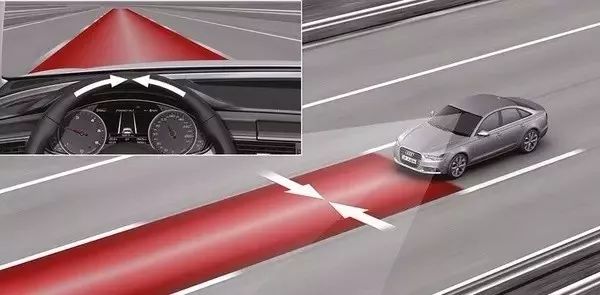
02 **Pre-Collision System + Emergency Braking System**
Equipped with radar and cameras, this system detects the speed and distance of the vehicle ahead. It first alerts the driver with a warning sound. If no response is detected, the system automatically applies braking to avoid a collision.

03 **Blind Spot Monitoring System**
The blind spot area refers to the regions not visible through the rearview mirrors. This system uses radar and sensors to detect vehicles in these areas. When another vehicle enters the blind spot, the system warns the driver, reducing the risk of accidents during lane changes.
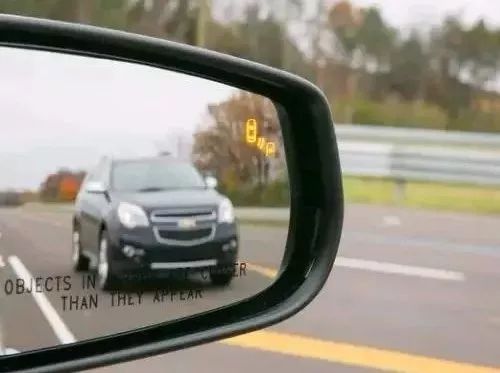
04 **Automatic Parking System**
The APA system uses infrared or ultrasonic sensors to detect obstacles around the vehicle. These sensors send out signals that reflect off nearby objects, allowing the car’s computer to determine their location. The system then takes control of the steering to park the vehicle safely into a space.
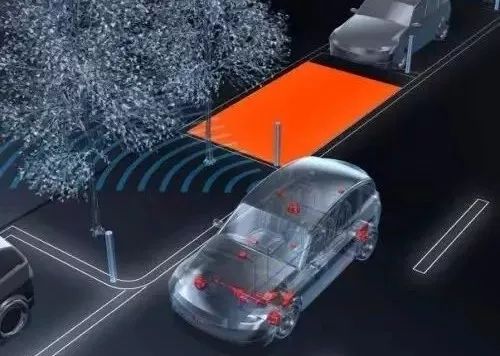
05 **Adaptive Cruise Control (ACC)**
ACC uses front-mounted sensors to detect the speed and distance of the vehicle ahead. It continuously scans the road and adjusts the car’s speed to maintain a safe following distance, reducing the likelihood of collisions.
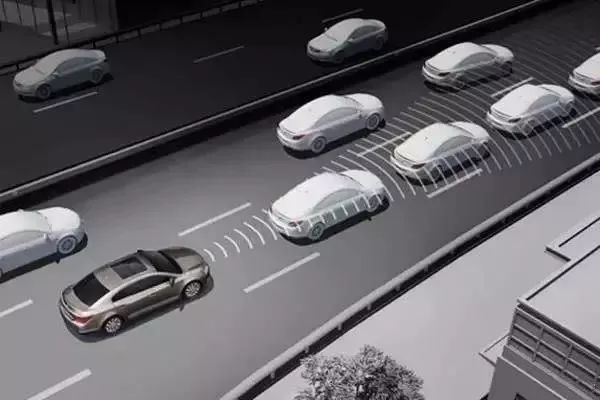
06 **Driver Fatigue Monitoring System**
Most systems use a camera to track the driver’s face, eye movements, and expressions. By analyzing these inputs, the system can detect signs of drowsiness or inattention. If the driver shows reduced activity, the system issues a visual or audible alert to help prevent accidents.
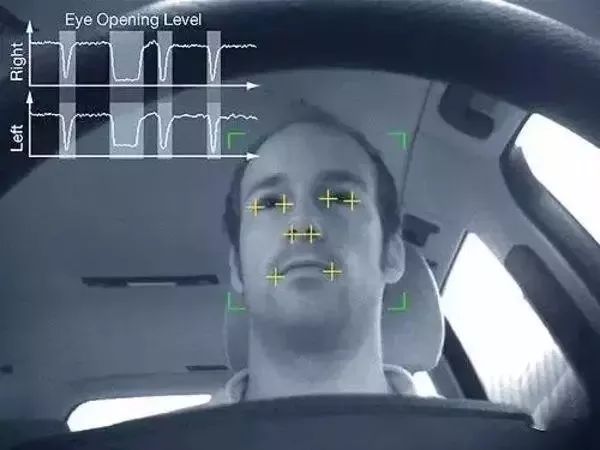
07 **Adaptive Lighting Control**
This system automatically adjusts the headlights based on road conditions, speed, and weather. It optimizes the lighting range and angle to provide better visibility without blinding other drivers, enhancing both safety and comfort.
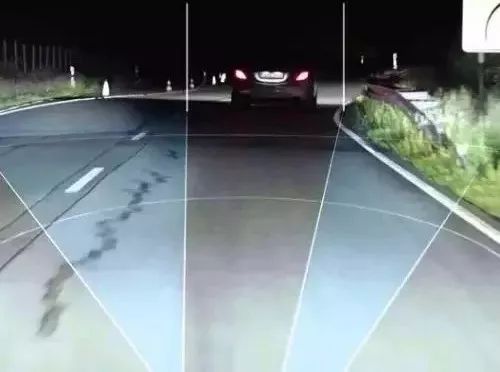
08 **Night Vision System**
Designed for low-visibility conditions, this system uses infrared technology to detect heat signatures from animals, pedestrians, and other vehicles. It converts this information into a visible image, helping drivers identify potential hazards at night or in bad weather.
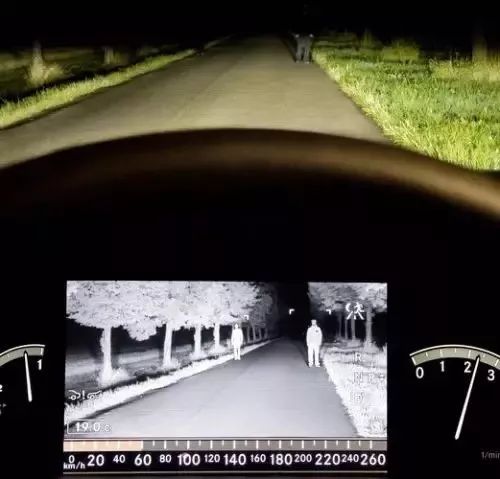
In addition to these eight core systems, ADAS also includes features like navigation systems, real-time traffic updates, electronic police detection, vehicle networking, and downhill control systems.
Each ADAS system operates through three main layers:
- **Sensing Layer**: Sensors collect data about the vehicle's surroundings and operating conditions.
- **Control Layer**: The system processes this information and generates control signals.
- **Execution Layer**: Based on the control signals, the system performs actions such as braking, steering, or alerting the driver.
These layers work together to enhance driving safety and support the transition toward fully autonomous vehicles.
Laptop Holder Vertical
Laptop Holder Vertical Double,Laptop Holder Vertical Stand,Laptop Holder Vertical Adjustable,Laptop Holder Vertical Desk,etc.
Shenzhen Chengrong Technology Co.ltd is a high-quality enterprise specializing in metal stamping and CNC production for 12 years. The company mainly aims at the R&D, production and sales of Notebook Laptop Stands and Mobile Phone Stands. From the mold design and processing to machining and product surface oxidation, spraying treatment etc ,integration can fully meet the various processing needs of customers. Have a complete and scientific quality management system, strength and product quality are recognized and trusted by the industry, to meet changing economic and social needs .
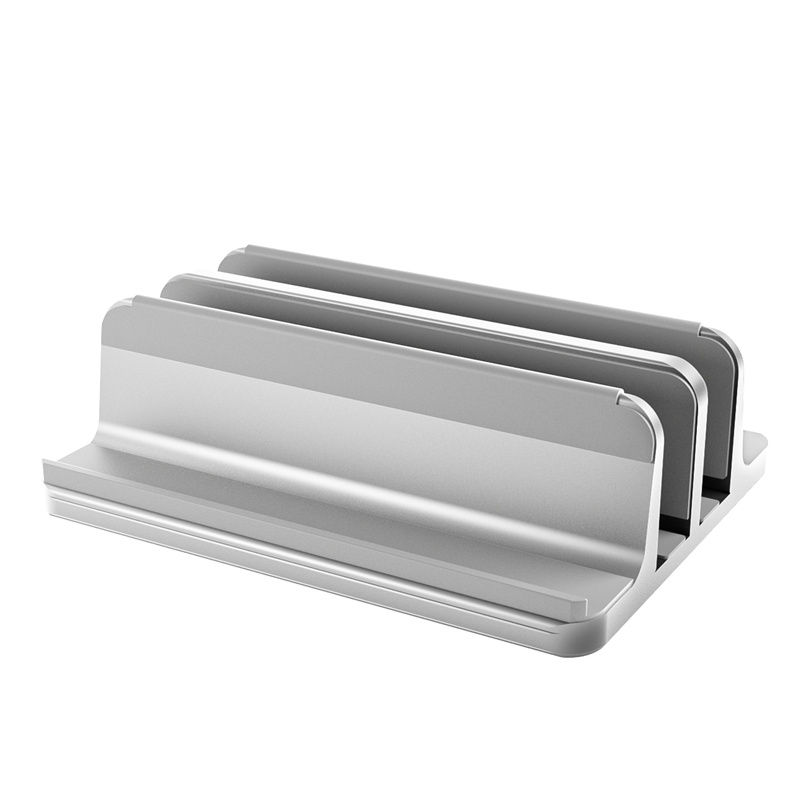
Laptop Holder Vertical Double,Laptop Holder Vertical Stand,Laptop Holder Vertical Adjustable,Laptop Holder Vertical Desk
Shenzhen ChengRong Technology Co.,Ltd. , https://www.laptopstandsupplier.com
